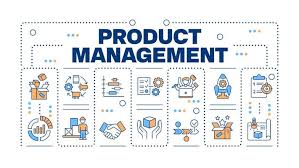Product DD vs. Tech DD—What Really Changes?
Tech DD and Product DD often run in parallel—but they answer very different questions. Understanding the distinction ensures you cover both “will it run?” and “will it resonate?”
Core Focus Areas
- Primary question
- Tech DD: Can it run reliably, securely, and at scale?
- Product DD: Will customers adopt, engage with, and ultimately pay for it?
- Key artifacts
- Tech DD: Code scans, architecture diagrams, security test reports
- Product DD: Usage analytics, UX audit findings, validated roadmap snapshots
- Buyer concerns
- Tech DD: Integration risk, unpatched vulnerabilities, tech-debt liabilities
- Product DD: Feature-market fit, onboarding friction, backlog realism
- Typical deliverables
- Tech DD: Static analysis summaries, threat models, load-test dashboards
- Product DD: Feature adoption curves, NPS and customer feedback trends, prototype validations
Why You Need Both
- Tech Foundations First:
- Without a secure, maintainable codebase, a great product story rings hollow.
- Product Story Second:
- Even the cleanest code won’t close deals if buyers doubt real-world traction.
- Sequential Synergy:
- Run Tech DD early to clear foundational risks, then layer Product DD to showcase value drivers.
Case in Point
On a recent carve-out, Tech DD cleared security and scalability hurdles—but buyers still hesitated. Only after Product DD revealed a streamlined onboarding flow and 30% faster activation did the deal proceed at full valuation.
Tech DD and Product DD aren’t interchangeable—they’re complementary lenses. Cover both to give buyers full confidence: a bullet-proof engine plus a compelling user journey.



















